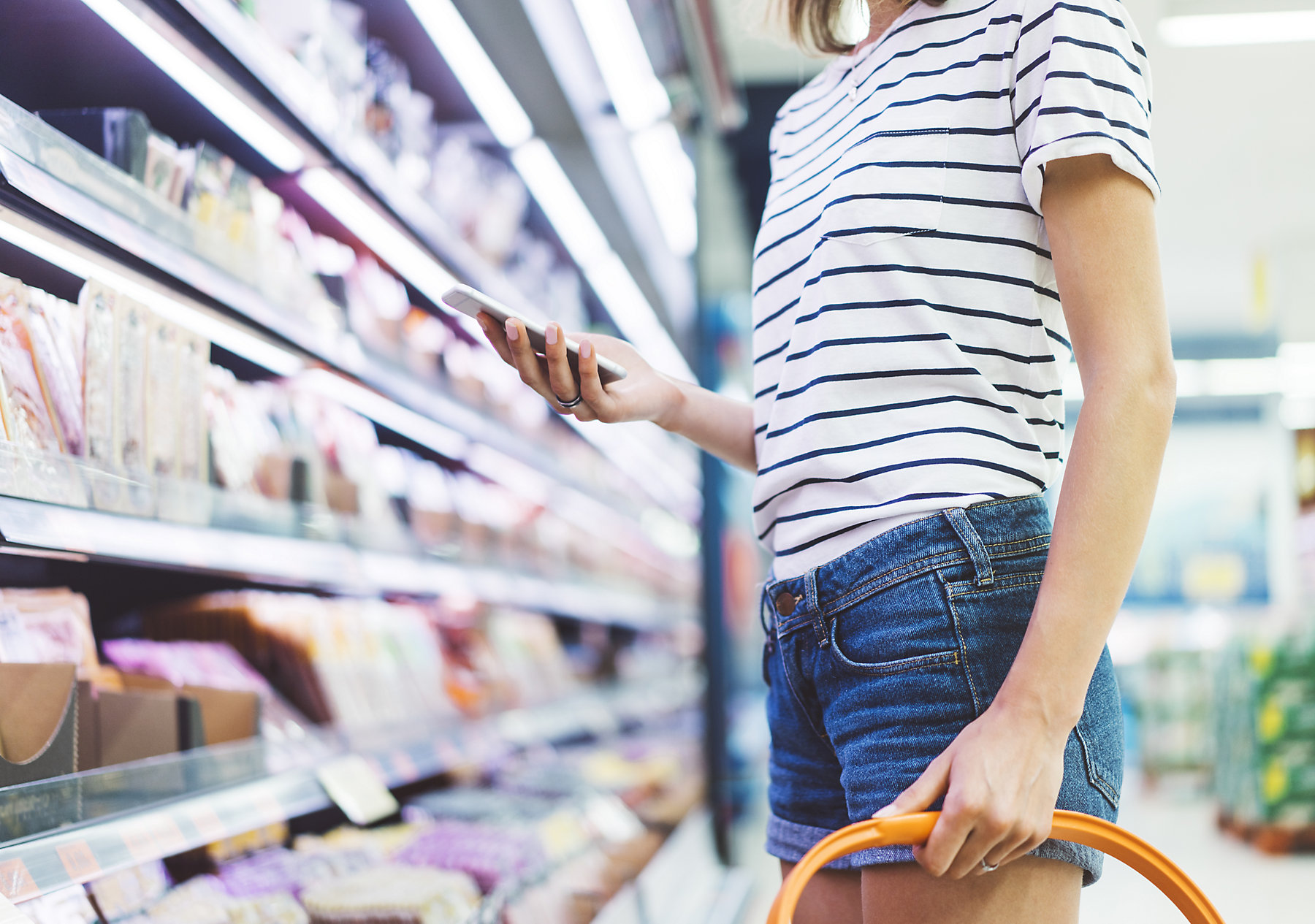Three-fourths of Americans claim to read nutritional and ingredient labels on products and feel it is important for food labels to contain mostly recognizable ingredients.10 Nearly half of consumers also report Googling ingredients in-store. According to The New Food Economy, consumers desire natural ingredients that are easy to pronounce and tend to be wary of ingredients that contain the letters “x” or “z” because they perceive them to be artificial or foreign.11 This poses a challenge for manufacturers in the food and supplement industry since not all natural ingredients are immediately recognizable or easy to pronounce. Conversely, a study by Froghop found that manufacturers can build consumer trust by listing branded ingredients on the label.1
Defining the Buzzword
There is no widely accepted definition of “clean label” but this term is having a major impact on the food and supplement industry. In a recent survey, 73 percent of consumers from the U.S., Europe, and Asia said they will pay more for clean label products.1 To understand this trend, it is important to understand why consumers want clean labels and what they perceive to be “clean.”
A Desire for Healthier Products
The interest in clean labels was ignited in 2008 when Michael Pollan, journalist and author, suggested consumers not buy products with more than five ingredients, including only ingredients that are easy to pronounce.3 Pollan believed these standards would help consumers purchase healthier products. This influenced consumers to pay more attention to labels and ingredient lists. Today, the ingredients in a product are important but often the ingredients that aren’t in the product are of equal importance: non-GMO, gluten-free, etc. According to Innova, foods with "free-from" claims accounted for 22% of new food and beverage launches in 2016; 26% of new launches had "clean-label" claims.8
Socio-Cultural Factors
Issues such as sustainability, transparency, and animal welfare are growing in importance among modern consumers and more are looking for these principles reflected on product labeling. A Euromonitor survey indicated 65 percent of consumers try to have a positive impact on the environment through their everyday actions.9 The millennial population tends to be more concerned about responsibly-sourced goods than baby boomers. According to NBJ, 65 percent of millennials will pay more for goods that they know were sourced responsibly and 28% of baby boomers would pay more for the same goods.13
Looking at Labels

Clean Labels Establish Trust
Consumers tend to be less trusting of food manufacturers after years of observing law suits and product recalls. Clean label initiatives establish trust when consumers feel that their products are good for their health and good for the environment.
A Trusted Ingredient Supplier
At Kemin, we use sustainable practices wherever and whenever possible. Branded ingredients in our portfolio are non-GMO, kosher, halal, grown in the USA, grown on Rainforest Alliance Certified plantations, and grown on Certified Sustainably Grown fields. We understand the importance of having a safe and quality global food supply chain and we are committed to being a leader in food quality and strategy. Because we take so much pride in our quality, we invite our customers to visit our greenhouses, farms, and facilities so that they can see firsthand the painstaking effort and value behind the Kemin brand. Contact us if you have questions or are interested in working with us.
Contact Kemin Human Nutriton and Health
References
1Loades, Melanie. 2017. “Will Consumers Pay More for Clean Label Products?” Froghop.
2Atkinson, Ryan. 2015. “The Clean Label Conundrum.” Food Business News.
3Cohen, Alex. 2008. “Michael Pollan: If You Can’t Say It, Don’t Eat It.” NPR.
4Mirriam-Webster Dictionary, 2018. Definition of “natural.”
5Nielson Company, “Who’s Buying Clean Label Products?” Sept. 11, 2017.
6Hudson, Ewa. 2017. “New Food: From Healthy to Nutritious to Clean and Ethical.” Euromonitor International.
7Lee Hope. 2016. “Clean Labels Offer Lucrative Growth Opportunities in China.” Euromonitor International.
8Innova Market Insights, 2018
9“Ethical Consumer: Mindful Consumerism.” 2017. Passport. Euromonitor International.
10Watrous, Monica. 2018. “Trend of the Year: Clean Label.” Food Business News.
11Bernstein, Nadia. 2018. “Clean Label’s Dirty Little Secret.” The New Food Economy.
12Label Insight. 2017. “Study: Confusing Ingredients Cause Shoppers to Consider Switching Brands Even If It Means Paying More.” PR Newswire.
13Polito, Rick. (2017). “A Vote of Low Confidence.” November: The Confidence Issue. Nutrition Business Journal.

Tips for Staying Trim this Winter

The Control You've Been Craving

Five Factors that Affect the Immune System

The Mind-Body Connection
